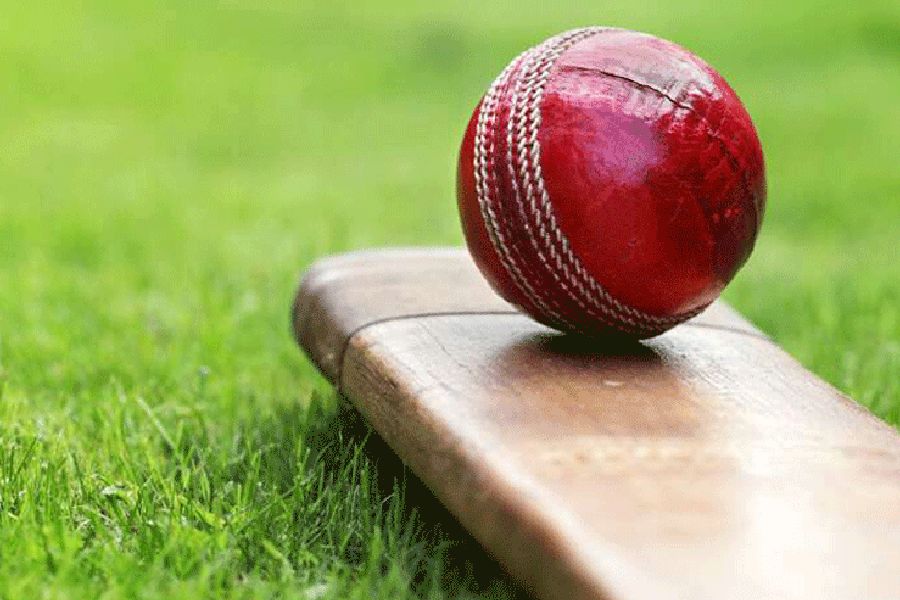The eyes of the cricketing fraternity are on Ahmedabad; the city will be hosting the final of the cricket World Cup today. By all accounts, the 13th edition of this tournament — India has hosted four of its editions, jointly or otherwise — has been a spectacular success. The crowds have packed the stadiums, even when the host team — the Men in Blue have been in belligerent form — was not playing. The quality of cricket has been scintillating and, this is equally important, some of the outcomes dramatic. For instance, Afghanistan and the Netherlands, the proverbial Lilliputians of the game, have often got the better of their fancier rivals in this World Cup. The International Cricket Council as well as the broadcasters, reports suggest, have reasons to be happy with the revenue generated. Has the cricket World Cup then succeeded in lengthening the longevity of the 50-over format that has been gasping for breath, having been caught between the explosion of public endorsement for its younger brother — Twenty20 cricket — and the continuing, if diminished, admiration for the older sibling — Test cricket?
The answer, unfortunately, is not clear. The frenzy for the World Cup notwithstanding, especially in the subcontinent, cricketing experts and cynics agree that this particular competition need not be a reliable indicator of the health of 50-over cricket. They point to the falling interest in bilateral one-day international series across all corners of the cricketing world to suggest that T20 is, to borrow a cricketing parlance, hitting ODI out of the park. There have been suggestions from the pundits to enhance the life of ODIs. Three of them deserve scrutiny, in particular. The first is the view to tweak rules in such a manner so as to make ODIs a fairer contest between bowler and batsman. At present, the batsman is unduly favoured by the regulations. Second, pitches, too, need to be livelier to usher in an even contest between bat and ball. There is evidence to suggest that low-scoring matches can yield as much interest as high-scoring ones. The second semi-final of the World Cup, which was lapped up by the crowd at the Eden Gardens, is a case in point. Finally, the ICC should also think of making the middle overs in an ODI more engaging: it is this period that the layman, not the aficionado, finds desultory.
The survival and the continuation of the ODI are, in fact, necessary for its practitioners. The 50-over game is more conducive to harnessing the skills necessary to shine in Test cricket, the epitome of excellence. The former, by the same logic, is also a more reliable feeder channel of talent and expertise that is necessary to build competent national teams. It is a pity that planners and the public continue to see the three cricketing siblings as squabbling brothers in the household of cricket. That need not be the case. Just as T20 cricket has had a positive impact on the rhythm and the style of Test cricket — the audacious reverse-sweep is no longer alien to the oldest version of the game — it is possible for T20 cricket to learn a thing or two from the 50-over format. This complementarity would ensure their collective existence.










